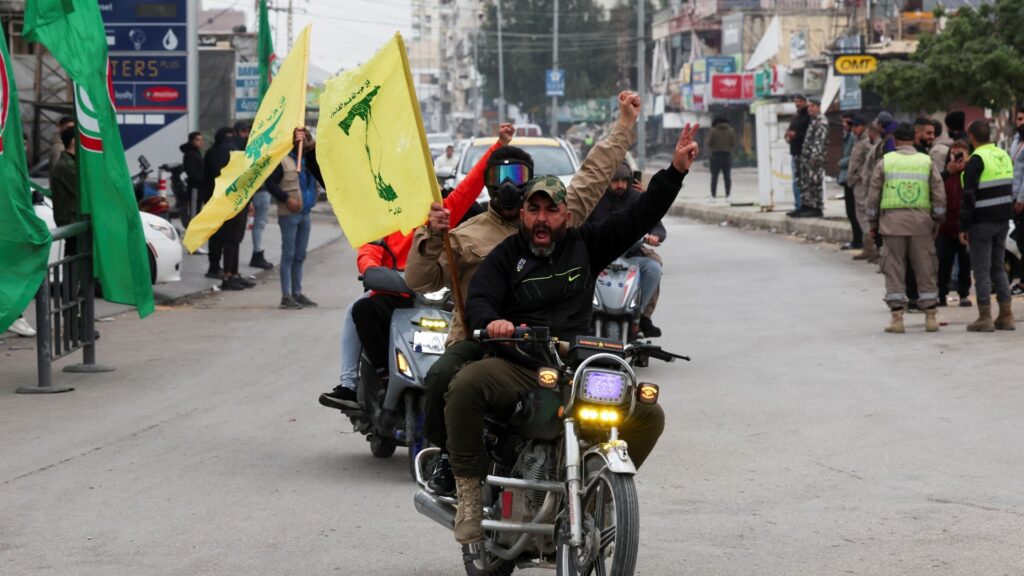Today, Lebanon’s population woke up for the first time in over a year without the sounds of Israeli strikes and drones hovering over, and without news of new forced displacement orders by the Israeli army.
Shortly after 4:00 AM, the time when the ceasefire was put in place following United States (US) President Joe Biden’s announcement yesterday evening, displaced individuals in Lebanon rushed to the south, to Beirut’s Southern Suburbs, Bekaa, and other areas they had evacuated.
Videos from south Lebanon and Beirut show citizens gleefully returning to their homes, many of which have been leveled across the country. For many returning south, this was their first homecoming in over a year of displacement.
The Beginning of the Transitional Phase
The ceasefire now enters its initial 60-day transitional phase. Israeli forces are to withdraw from southern Lebanese territories they had invaded, while Hezbollah is meant to withdraw from all areas south of the Litani river.
The Lebanese Army and the UNIFIL should gain control over the area, with the Lebanese Ministry of Defense announcing that it plans on increasing the number of personnel in southern Lebanon to 10,000.
A monitoring committee is in the establishment phase, with the US (mainly) and France leading on its activities. This comes after Lebanon expressed reservations over the presence of Germany, and to a lesser extent the United Kingdom.
Reports have suggested that the oversight panel headed by the US will include US soldiers coordinating with the Israeli army on one hand, and UNIFIL and the Lebanese Army on the other. However, President Biden announced that US troops will not be present on the ground in south Lebanon.
Issues of Contention
There remain several issues of contention in the transitional phase.
The first of such issues concerns the return of displaced Lebanese. The Israeli army has issued a warning for those that evacuated their areas in the south not to return until further notice. As displaced Lebanese rushed to check their villages in the south, they were met with warning shells.
Many refused to heed their warnings and continued their journey home, eager to embrace their hometowns, households, and lands.
The Israeli army reportedly fired five artillery shells near the Fatima Gate in the southern town of Kfar Kila to prevent citizens from entering. Some managed to enter the village and document the extent of the damages caused by Israeli strikes.
Israeli Army spokesperson for the Arab media Avichay Adraee said that Israeli forces identified several vehicles carrying “suspects” into a restricted area, with the forces opening fire to prevent them from reaching the area.
While Israeli forces should be withdrawing from the areas in the upcoming two months, they will only do so after confirming that Hezbollah also withdrew.
Worryingly, Israeli authorities have reportedly not made a commitment to a defined timeline for withdrawal under the pretext of Hezbollah’s non-compliance. Israeli Finance Minister, Bezalel Smotrich, called on not allowing any houses to be rebuilt in southern Lebanon, classifying the houses as military infrastructure.
Israeli Authorities’ Objectives
There are three purported reasons for why the Israeli cabinet had approved a ceasefire in Lebanon: to focus its efforts on Iran, to ensure the displacement of Israeli individuals, and to isolate Hamas.
As of the moment, while most of the main items of the ceasefire have surfaced, some details might remain absent from public knowledge.
